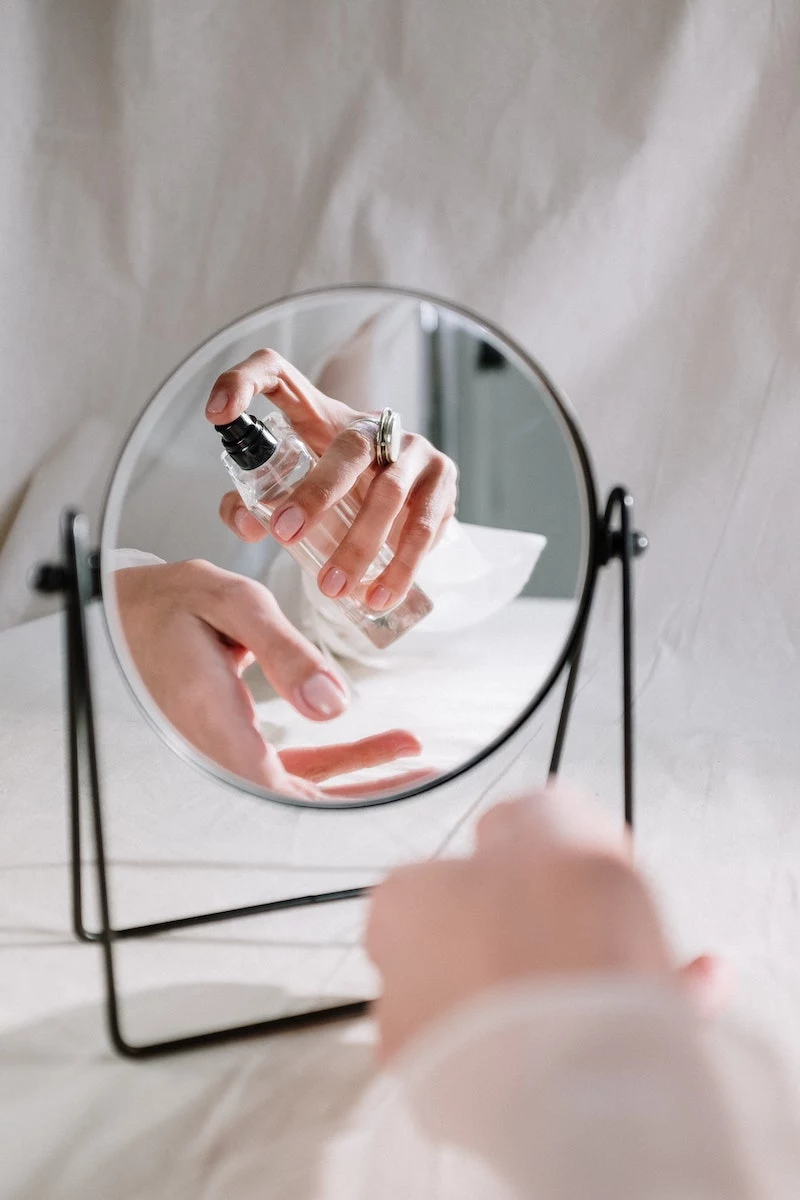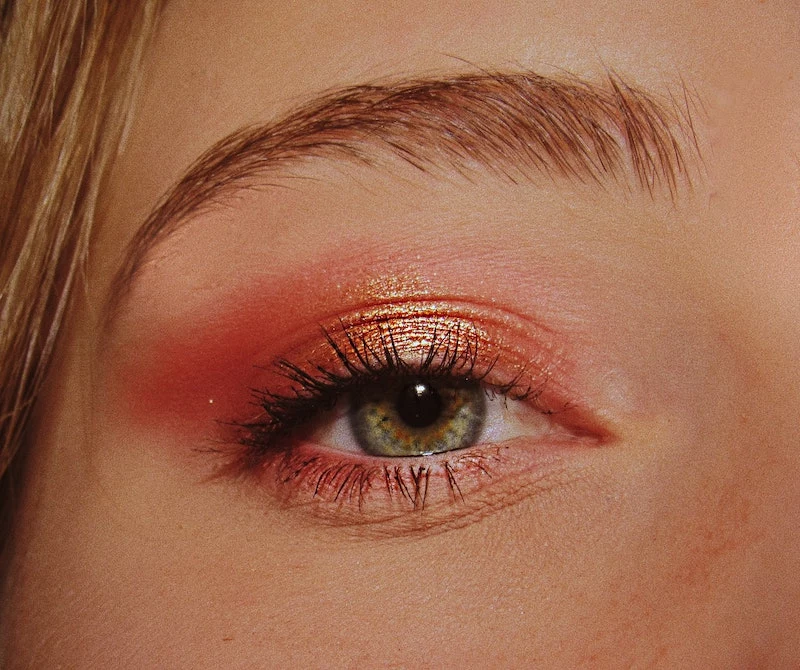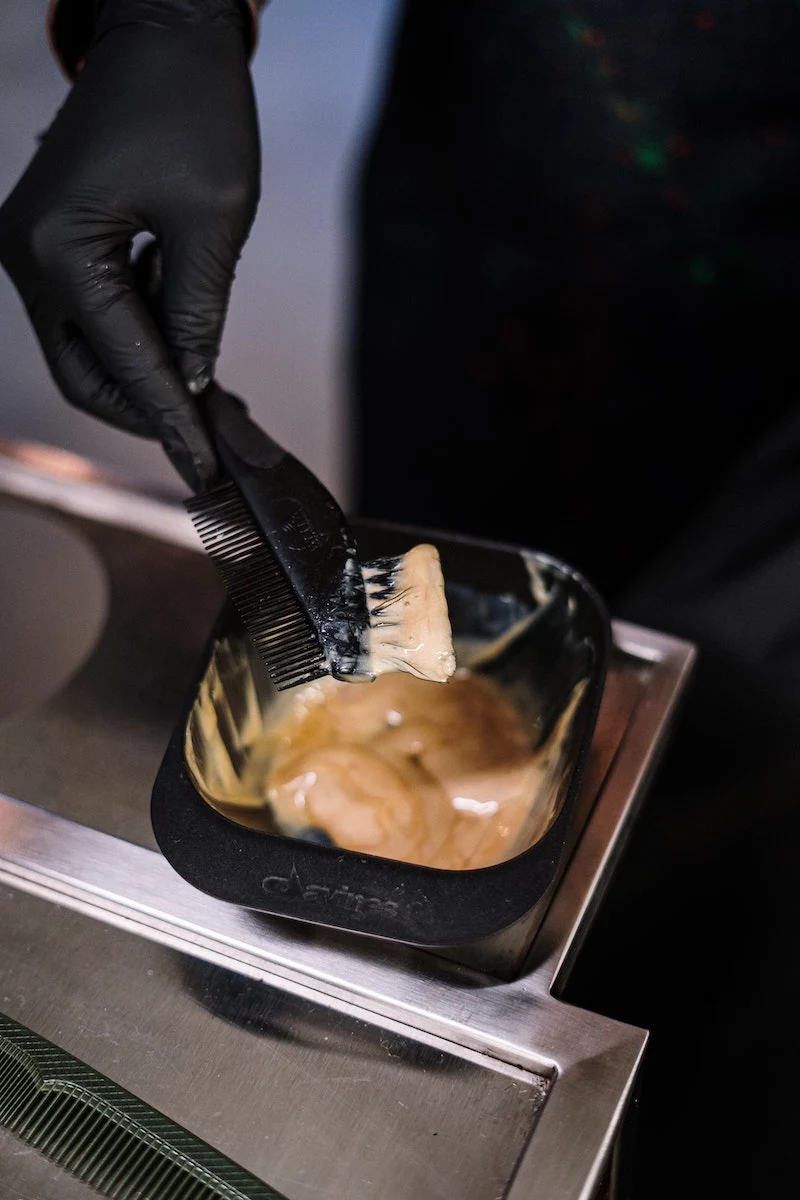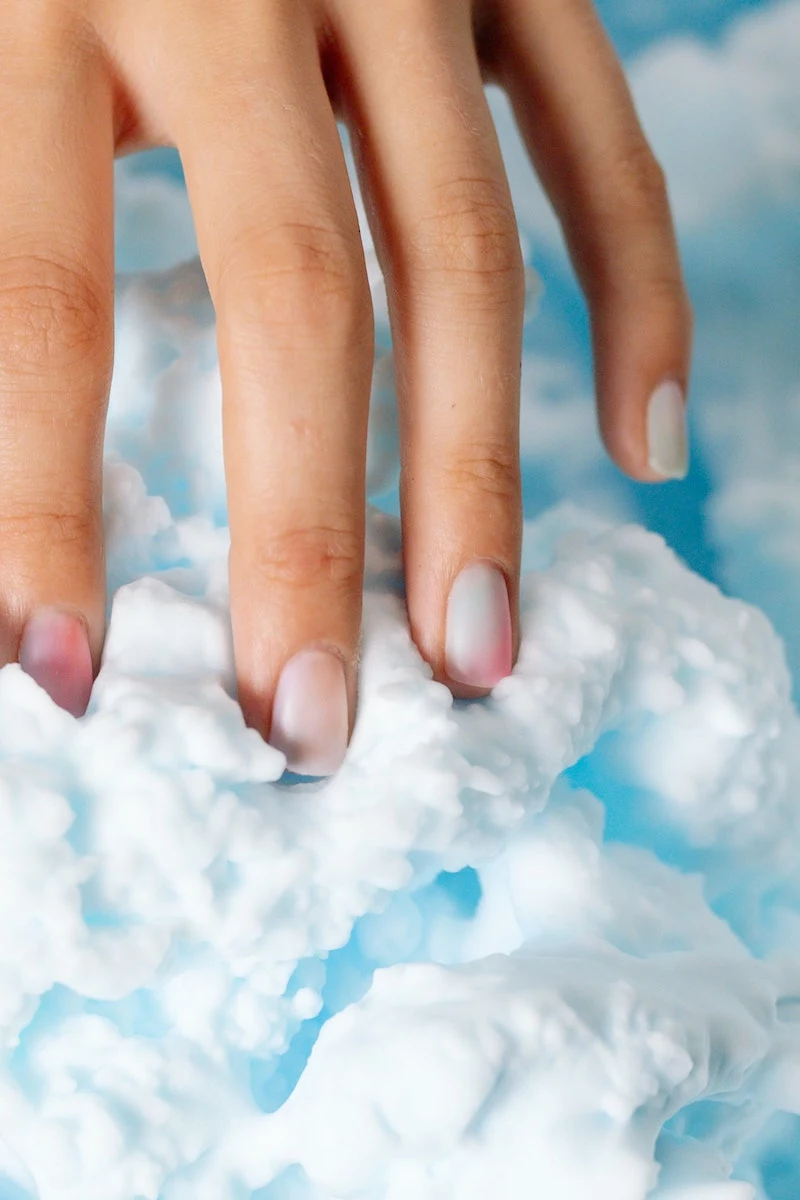Why I Always Keep This $3 Jar on My Workbench (And You Should, Too)
For as long as I can remember, a simple tub of white petroleum jelly has had a permanent spot on my workbench, tucked right between the wood glues and finishing oils. I’ve got another one in my home’s first-aid kit, too. It’s one of those rare, old-school products that just… works. That kind of staying power tells you something important.
In this article
Most people just think of it for chapped lips, but honestly, that’s barely scratching the surface. Over the years, I’ve learned how to use it right—and just as importantly, when to absolutely leave it on the shelf. The key is understanding one simple thing: it’s not a moisturizer. It’s what the pros call an occlusive, which is a fancy way of saying it creates a protective barrier.
It doesn’t add moisture; it stops moisture from leaving. Once you really get that concept, you can solve dozens of little problems around your home and workshop. So, let’s dive into the practical, real-world ways to use this stuff effectively.

What Is This Stuff, Anyway?
At its core, petroleum jelly is a highly purified mix of hydrocarbons, a byproduct of refining. Now, I know the word “petroleum” can sound a bit scary, but the stuff you buy in the store is incredibly refined and safe for skin. To be sure you’re getting the good stuff, just look for “USP” (United States Pharmacopeia) on the label. That’s your guarantee it meets strict purity standards.
And here’s the best part: a big tub usually costs between $2 and $7 at any drugstore or supermarket, and it will basically last forever since it doesn’t spoil. Its real superpower lies in that occlusive barrier. Think of it like a tiny, invisible waterproof jacket for your skin or a piece of metal. It keeps moisture in and keeps air, water, and other gunk out.
The Quick Guide: When to Use It vs. When to Skip It
Before we get into the details, here’s the quick and dirty breakdown. This isn’t a cure-all, and using it in the wrong situation can make things worse.

It’s a great solution for things like:
- Protecting minor cuts and scrapes to help them heal with less scarring.
- Preventing rust on hand tools, garden equipment, and battery terminals.
- “Slugging” as the last step in a skincare routine, but ONLY if you have very dry, non-sensitive skin.
- Protecting your hairline from hair dye or your skin from nail polish mishaps.
- Silencing a squeaky door hinge without a mess.
But please, do NOT use it for these:
- On a fresh sunburn or a serious burn. It traps heat and can make the injury worse.
- On acne-prone or very oily skin. It can trap oil and bacteria, leading to breakouts.
- As a lubricant with latex products, as the oil can cause the latex to break down.
- On deep puncture wounds. You risk trapping dangerous bacteria inside.
- On your pets, especially cats, unless your vet specifically says it’s okay. They can lick it off, and it’s not meant to be ingested.

Pro-Level Skincare and First Aid Tricks
Dermatologists often recommend petroleum jelly because it’s cheap, effective, and extremely unlikely to cause an allergic reaction. But you’ve got to use it right.
Wound Care the Right Way
Forget the old advice to “let a wound air out.” That just creates a hard scab, which can slow down healing and increase scarring. Instead, for small cuts and scrapes, do this: Gently clean the area with mild soap and water, pat it dry, and apply a very thin layer of petroleum jelly. Then, cover it with a bandage. The jelly keeps the wound in a moist, clean environment, which is perfect for new skin cells to do their job. I’ve seen firsthand how this reduces scarring from minor shop accidents.
Heads up! This is only for minor stuff. For deep cuts, puncture wounds, or animal bites, see a doctor. No exceptions.
The Skincare Trend Known as “Slugging”
This technique has become popular online, but it’s an old trick for people with extremely dry skin. The goal is to use petroleum jelly as the final step in your nightly skincare routine to lock everything in. Here’s how to do it without causing problems:

- Start with a clean face. Seriously, if you don’t, you’re just trapping dirt against your skin all night.
- Hydrate first. While your skin is still a bit damp, apply your hydrating serums (like ones with hyaluronic acid).
- Moisturize. Put on your regular moisturizer over the serum.
- Seal the deal. Take a pea-sized amount of jelly, warm it between your fingers, and gently pat a super-thin layer over your face. You should look slightly dewy, not like a greased-up pan.
Oh yeah, a common question is how to get it off in the morning. It’s easy! Just use your regular face wash. If it feels a bit stubborn, a gentle, oil-based cleanser will lift it right off.
Beyond the Bathroom: Workshop and Household Hacks
This is where this humble product really shines for me. The same properties that protect skin can do wonders for your tools and home.
Stop Rust in Its Tracks
My workshop gets damp, and rust is the enemy. After cleaning my hand planes or chisels, I wipe them down with a rag that has a tiny bit of petroleum jelly on it. It leaves a micro-thin film that keeps moisture out. A common worry is getting that gunk on your next woodworking project. Quick tip: Just wipe the tool down with a clean, dry rag before you use it to remove any excess film. Easy.

It’s also great for coating garden tool heads before winter storage or putting a thin layer on car battery terminals to prevent that crusty white corrosion.
A Quick Fix for Squeaks and Sticks
Got a squeaky door hinge? A little dab on the hinge pin is a clean, drip-free fix. It’s also my go-to for un-sticking a stubborn zipper or helping old wooden drawers slide a bit more smoothly.
Conditioning Leather? A Word of Caution…
To be frank, this is a tricky one. I learned the hard way not to use petroleum jelly on my nice leather wallet. It darkened the color unevenly and left a slightly tacky surface that became a total dust magnet. However, for rugged old work boots, it’s a cheap and effective way to soften the leather and add some water resistance. My advice? Stick to work boots for this trick and use a proper conditioner for anything valuable.

A Few More Tricks (And One Last Warning)
Want a few more quick wins? Try dabbing a tiny bit on your pulse points (wrists, neck) before spraying perfume. The scent adheres to the jelly, making it last hours longer. You can also mix a bit with some sugar to create a fantastic, cheap DIY lip scrub.
A final word on hygiene: those big, open-top jars can get contaminated if you’re constantly dipping your fingers in. For skincare or first aid, it’s a good habit to use a clean cotton swab or a little spatula to scoop out what you need.
By the way, legend has it that the man who first perfected this stuff was so confident in his creation that he ate a spoonful every day for most of his life! (Definitely don’t try that at home.)
Don’t Like Petroleum? You’ve Got Options
If the “petroleum” part just doesn’t sit right with you, no problem. There are some great alternatives that offer similar barrier-like protection. Look for products based on beeswax, shea butter, or lanolin. They work in a similar way by forming a protective layer over the skin and are fantastic choices, though they often come with a slightly higher price tag, usually in the $8 to $20 range for a smaller container.
In the end, there’s a real satisfaction in using something so simple and reliable. Its value comes from one dependable property: forming a barrier. Once you know how to use that to your advantage, you’ll find a hundred reasons to keep a jar handy.
Inspirational Gallery
The skincare trend known as ‘slugging’ has racked up hundreds of millions of views on social media platforms like TikTok.
It sounds strange, but it’s just a new name for an old practice: applying a thin layer of petroleum jelly as the final step in your nighttime skincare routine. By creating that signature occlusive barrier, it locks in all the serums and moisturizers you applied beforehand, preventing water loss overnight and leaving skin exceptionally hydrated by morning. It’s a budget-friendly secret for a serious moisture boost.
For Rubber Seals: While great for metal, petroleum jelly can cause certain types of rubber, like natural rubber or EPDM, to swell and degrade over time.
A Better Choice: Use a dedicated silicone grease for plumbing O-rings or automotive seals. It’s inert and won’t compromise the material.
For a temporary fix on non-critical parts, petroleum jelly is okay, but for longevity, go silicone.
One critical warning: Never apply petroleum jelly to a fresh, acute burn. Its occlusive nature traps heat against the skin, which can actually worsen the damage. For minor burns, cool running water is the only immediate first aid you should use before seeking medical advice.
- Keep stubborn pine sap from sticking to your pruning shears.
- Prevent blisters on your hands during a long day of raking.
- Stop soil from drying out the skin around your fingernails.
The gardener’s secret? A thin layer of petroleum jelly. Apply it to tool blades before you start and to your hands before putting on gloves. Cleanup becomes a breeze.
Can that little jar really make your favorite fragrance last all day?
Yes, it’s a classic trick that works because moisturized skin holds scent molecules better. Petroleum jelly creates the perfect, non-absorbent base. Dab a tiny amount of Vaseline or a store-brand like Equate on your pulse points—wrists, neck, behind the ears—before you spritz. The jelly gives the perfume oils something to cling to, dramatically slowing their evaporation.
According to the American Academy of Dermatology, applying petroleum jelly to a minor wound not only keeps it moist but can also prevent a scab from forming. Wounds with scabs take longer to heal and are more likely to scar.
For an instant DIY lip scrub, mix a small amount of petroleum jelly with a pinch of granulated sugar in the palm of your hand. Gently rub the mixture onto your lips in a circular motion for about 30 seconds, then wipe it away with a soft, damp cloth. It exfoliates and leaves lips feeling incredibly soft.
Before starting a painting project, apply a thin line of petroleum jelly onto surfaces you want to protect from stray drips.
- Along the edge of window glass next to the frame.
- Over the metal portions of door hinges or hardware.
Once you’re done painting, the misplaced paint wipes right off with the jelly.










